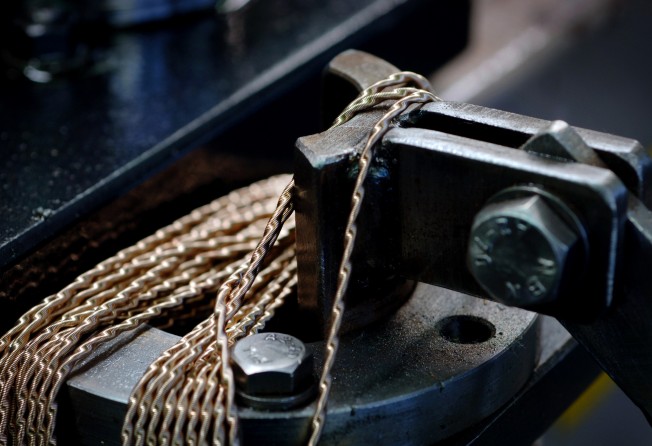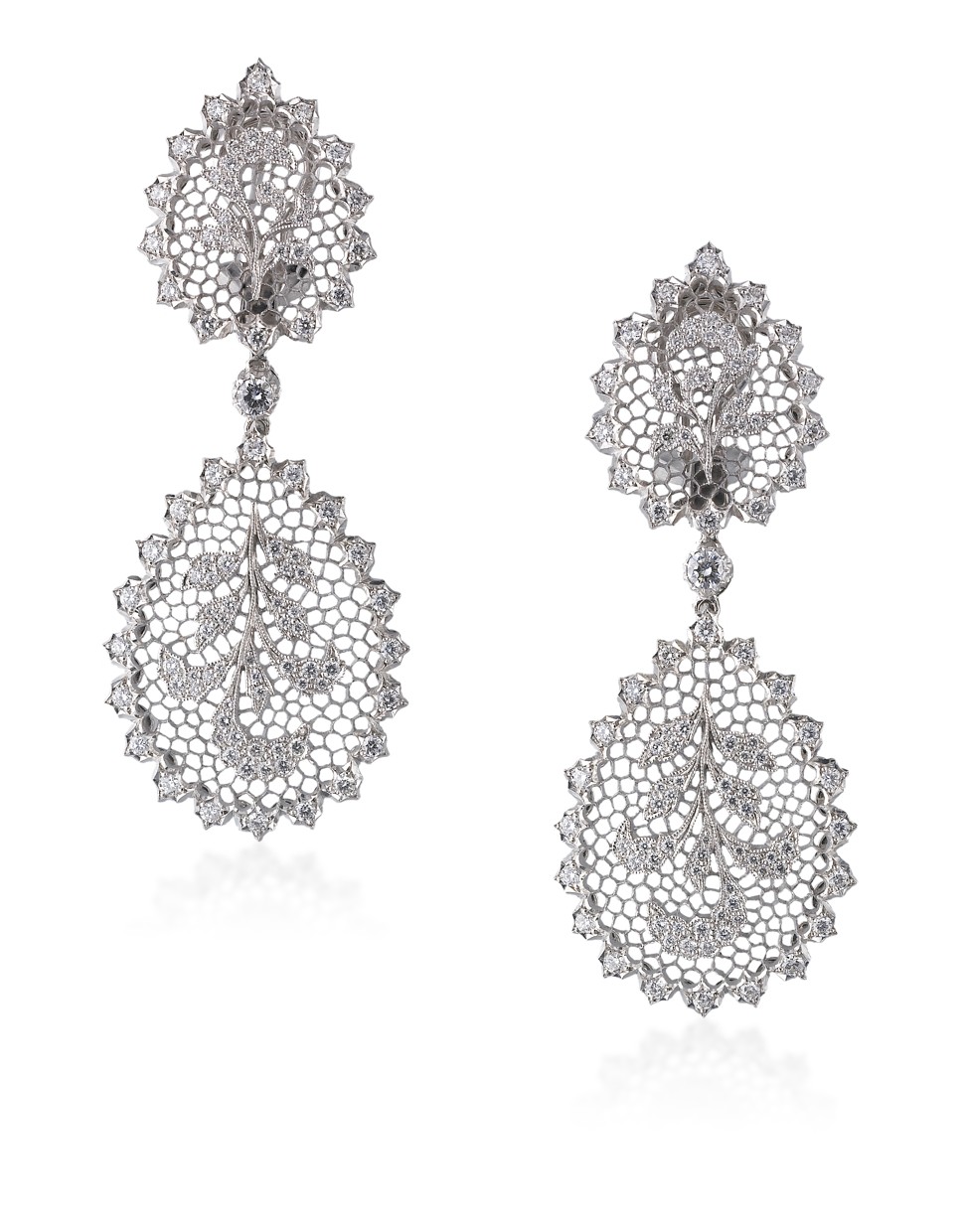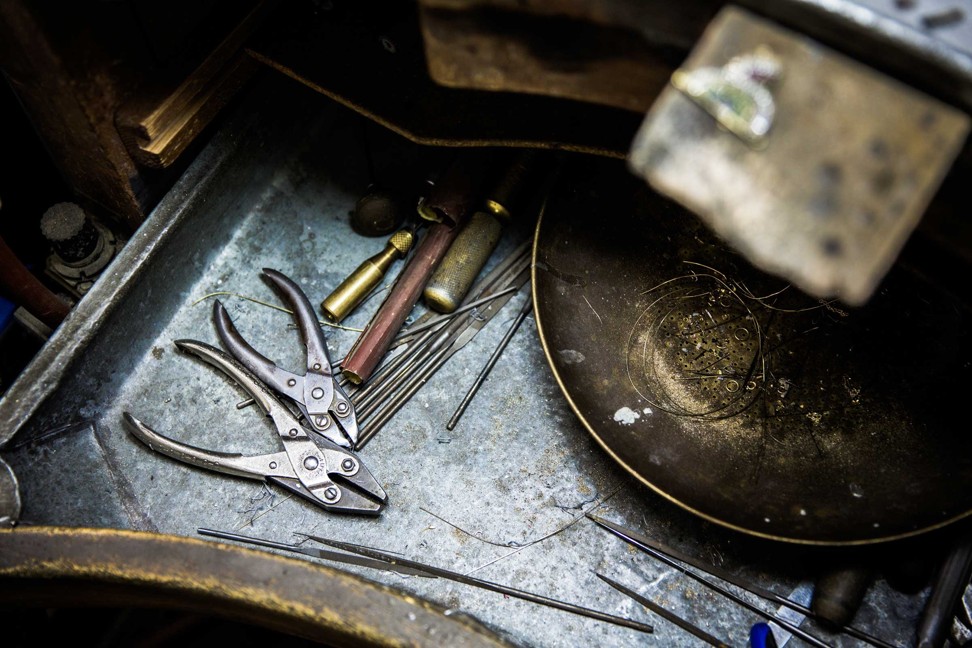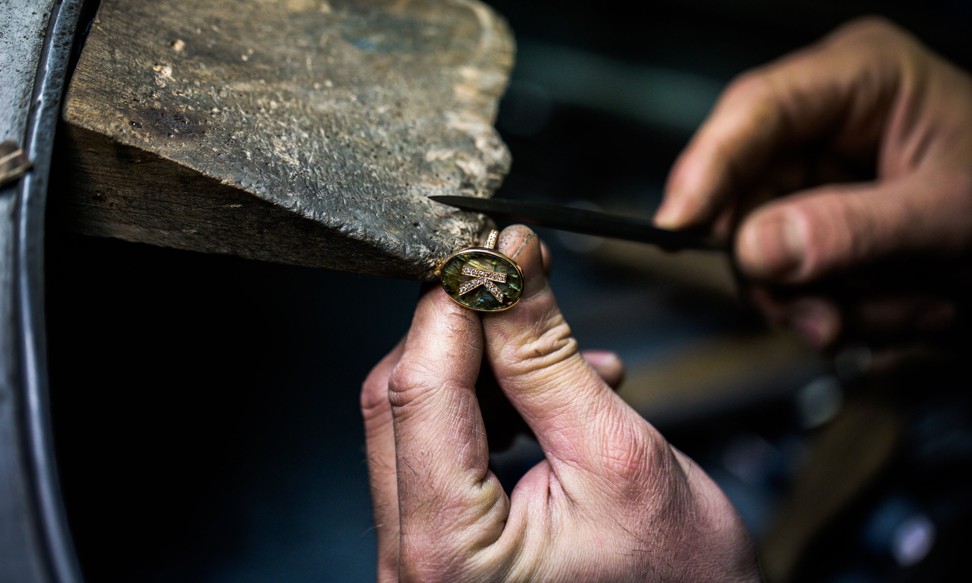
Italian goldsmiths use ancient artisanal craftsmanship to create fine jewellery
Italian high jewellery houses like Buccellati, who turn to age-old artisanship while creating its pieces, have struck a chord with the Chinese market

or the Italian goldsmiths at Buccellati, a 99-year-old, Milan-based jewellery house famed for its sheeny, Rigato-engraved cuffs and gold honeycomb rings, it has been a busy few months. Buccellati has been expanding in China since Shanghai-listed Gansu Gangtai Group bought 85 per cent of its stock in December 2016.

Buccellati’s designs attract rich Chinese. When the brand opened its first store in Beijing, a local guest was so impressed with Buccellati’s hand-engraving that she bought a £50,000 (HK$556,300) gold cuff without a moment’s hesitation.
“The clients’ biggest interest is understanding the detail of our workmanship,” explains Andrea Buccellati, grandson of the house’s founder, Mario Buccellati, and the house’s honorary president. His daughter, Lucrezia, continues the house’s high-jewellery tradition as its first female designer.



Italian goldsmiths have a well-earned reputation for their work, Andrea Buccellati says. The nation’s jewellery-making traditions have been developed and “kept alive” by artisan skills, he explains.

This uniquely Italian craftsmanship has attracted an ardent following in China, Italian jewellery makers say. “Italian-made and Italian design are important selling points,” Bicego says.
London-based Florentine jeweller Carolina Bucci adds there is “always a special affection” in China for Italian craftsmanship.
“The Chinese consumer we see is well educated in luxury and discerning about the manufacturing process and the heritage of our brand,” she says.
Bucci’s jewellery is still unavailable in China, but Chinese customers stream into her brand’s London and Florence stores, perhaps prompted by social media, she says.
Italian production in general always having been strongly based on artisan skills

Bucci is one of many brands that remain cautious about global expansion, however. Bicego has a Venetian heritage and a state-of-the-art workshop in Vicenza, where many family-run gold manufacturing businesses have made gold chains and jewellery for bigger companies for generations.
Italians are less constrained by formality. We are more experimental.
“The step from this to becoming a global brand is not for the faint-hearted, but I had a vision for the brand,” Bicego says, citing similar business strategies by Roberto Coin and Pomellato.
Bicego’s brand is known for the textured striated “bulino” engraving technique used in his Lunaria range, which is actually a hallmark of Florence rather than Vicenza.

Regrettably, many jewellery makers now perform the technique on machines. Bicego has devised a coil technique for his Marrakech and Cairo collections, however, using a thick strand of gold that is tightly wound with 18ct gold “threads” and twisted into various shapes.

She expanded on that ancient technique by weaving the finest coloured silks on Renaissance-era tapestry looms, and then threading them into the finest chains to create unique bracelets in Bucci’s fluid Woven collection.

“It takes a steady hand and a lot of practice to get the finish just right,” says Bucci, who used putinaturain in a limited-edition collaboration with Audemars Piguet for its Royal Oak watch. The technique is typically Florentine, she says, and “goes back to when Italy was a collection of city states and each one prided itself on its own crafts.”
Bucci believes such crafts have become more localised because the skills and traditions have passed down the generations to apprentices and sons, “which is very refreshing as everything [otherwise] becomes more homogenous”, she says.
OTHER ITALIAN WONDERS
Sumptuous, brightly coloured jewellery and luxury watches make Bulgari one of Italy’s most revered jewellery names. The house is also known for its magnificent statement jewels and popular Serpenti Serpentedesigns.
Other names emerging from Italy include Damiani,ok a family business from Valenza that is known for the quality of its diamonds and design flair.
Roberto Coinok launched his brand in 1996, and it shows his love of rubies with a modern, architectural style.
Pomellatook was founded in Milan in 1967 by Pino Rabolini.ok Now part of the Kering empire, the house made its name with fashion-oriented contemporary jewellery such as the l Nudo stacking rings, set with vibrantly coloured stones.
Chanteclerok is a family business that draws on all the colour and energy of its Capri island base. The house’s exotic use of coral, turquoise and precious stones haves also attracted famous admirers such as Jacqueline Kennedy Onassis, Elizabeth Taylor and Grace Kelly.